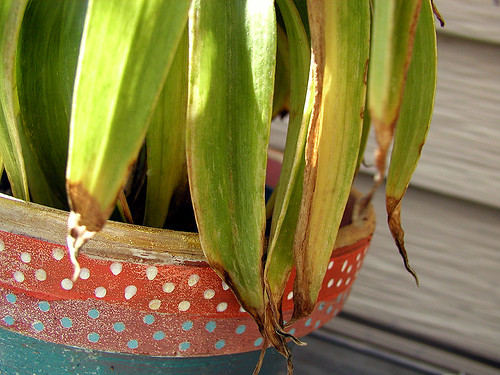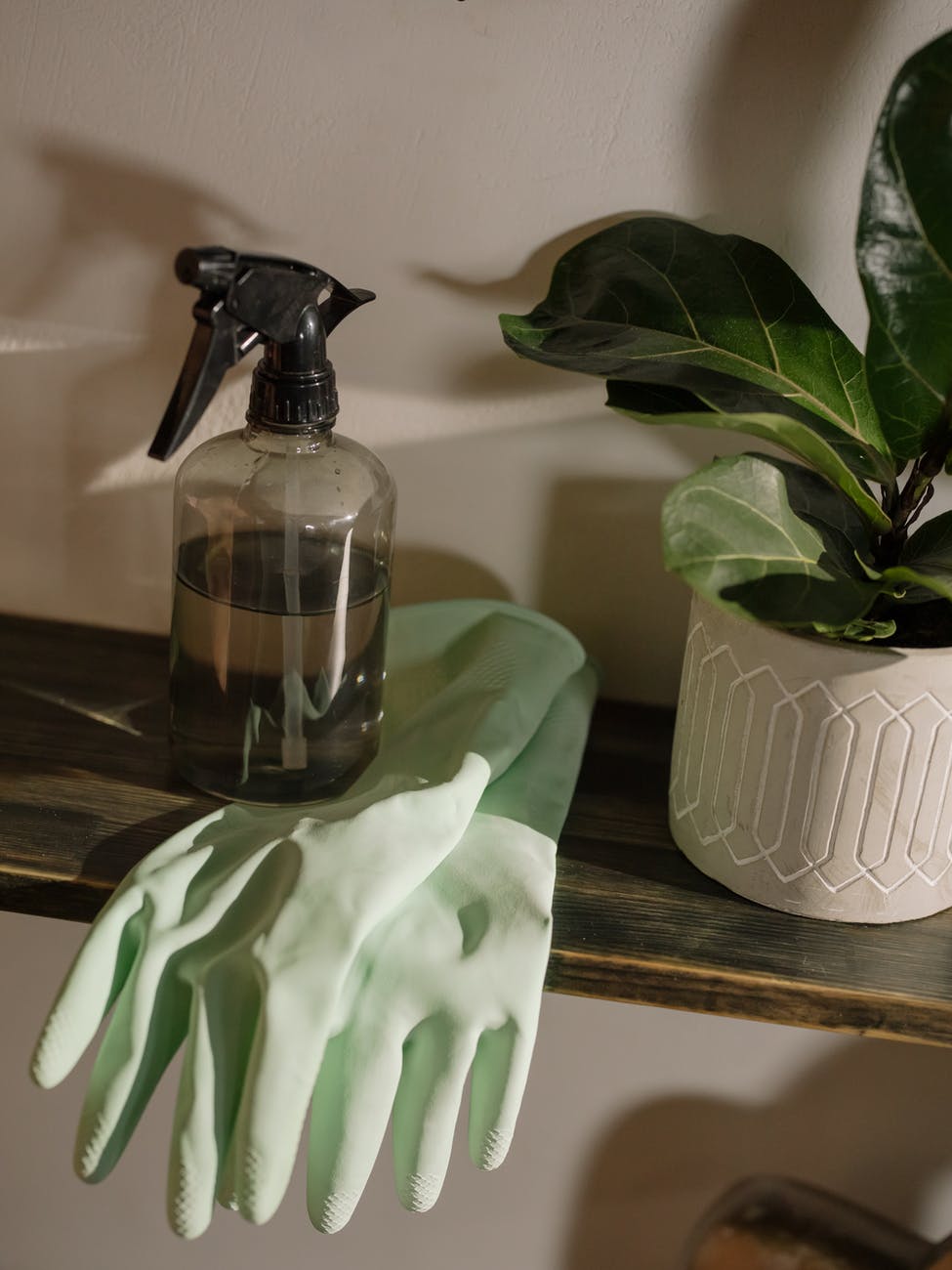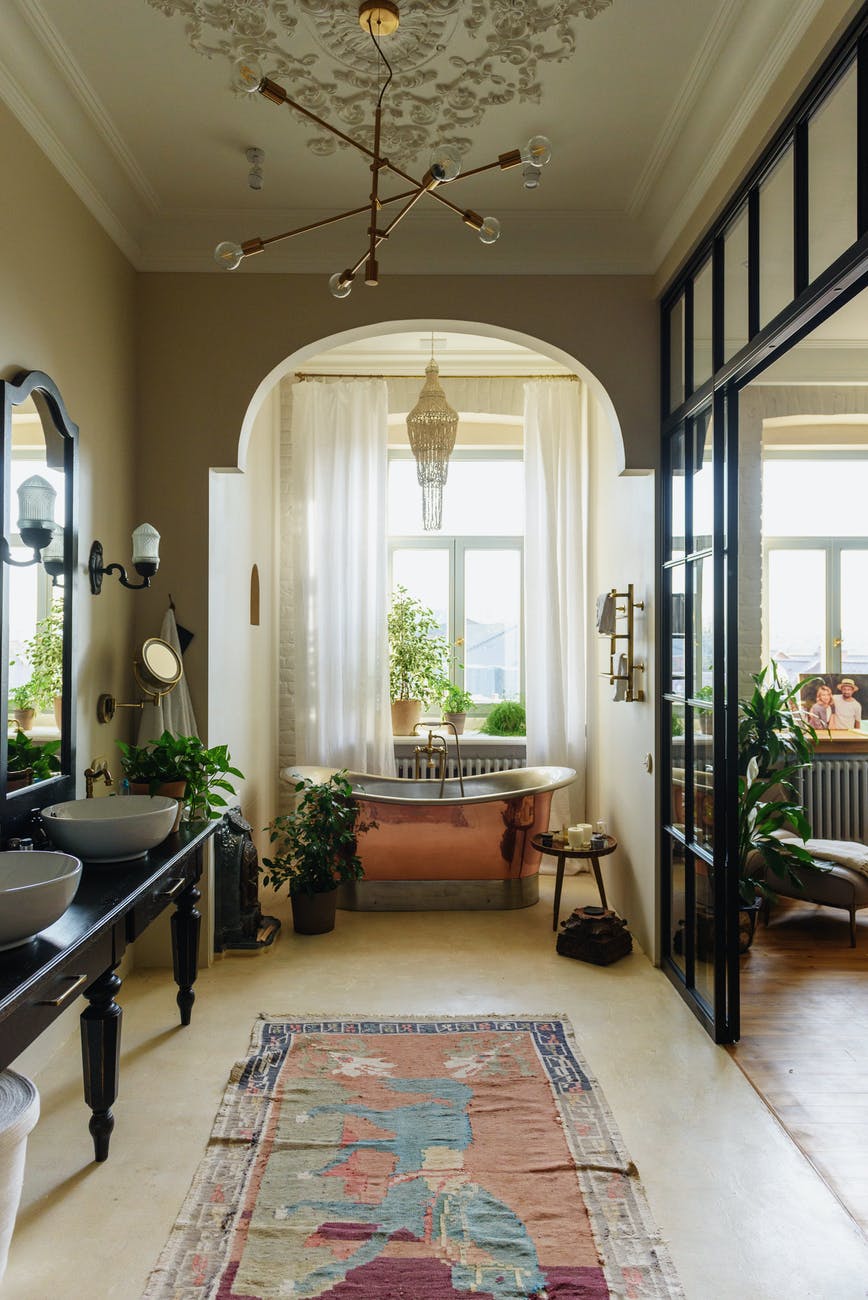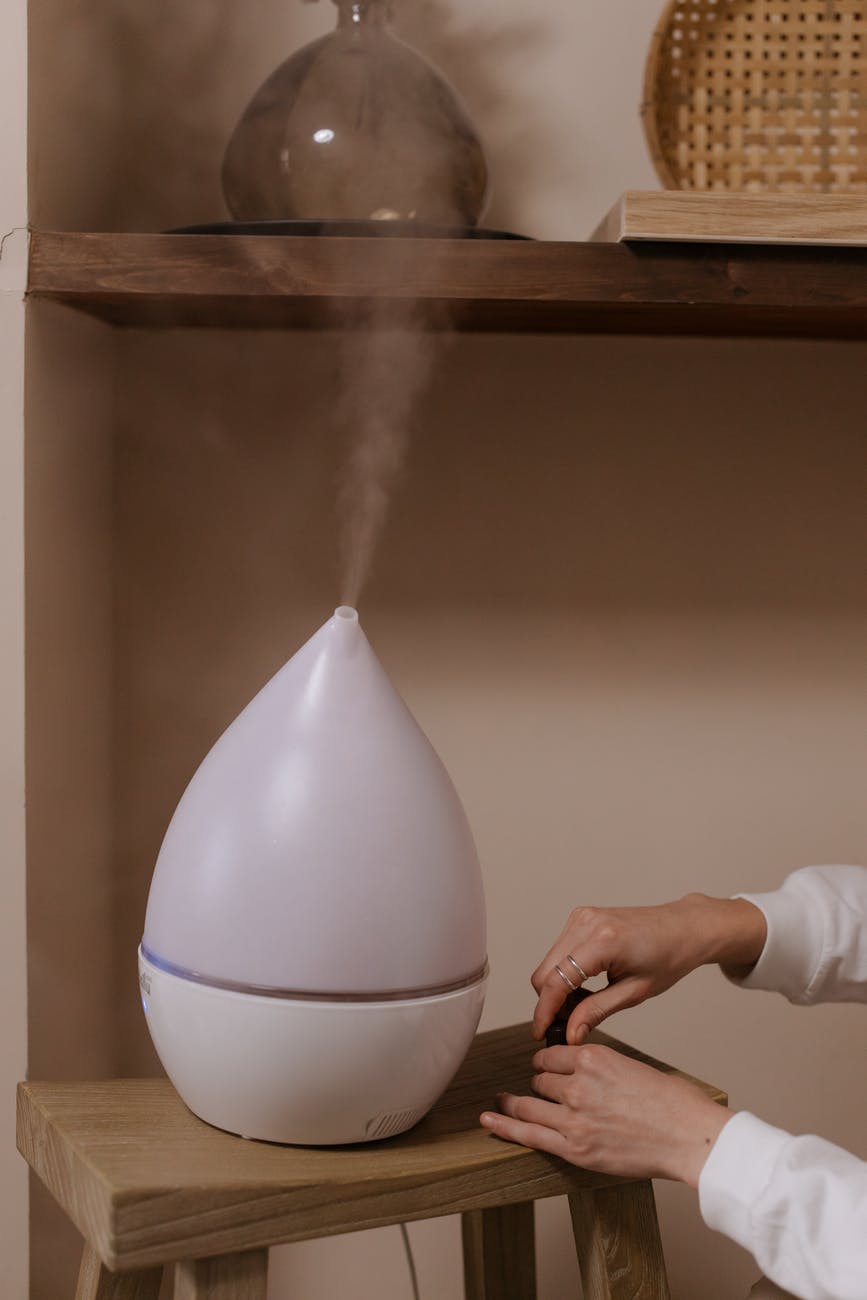Are you looking to spruce up your living space with some greenery? Indoor plants are not only great for purifying the air, but they can also add a touch of style and personality to any room. In this blog post, we’ll share some playful DIY indoor plant decor ideas that you can easily make at home.
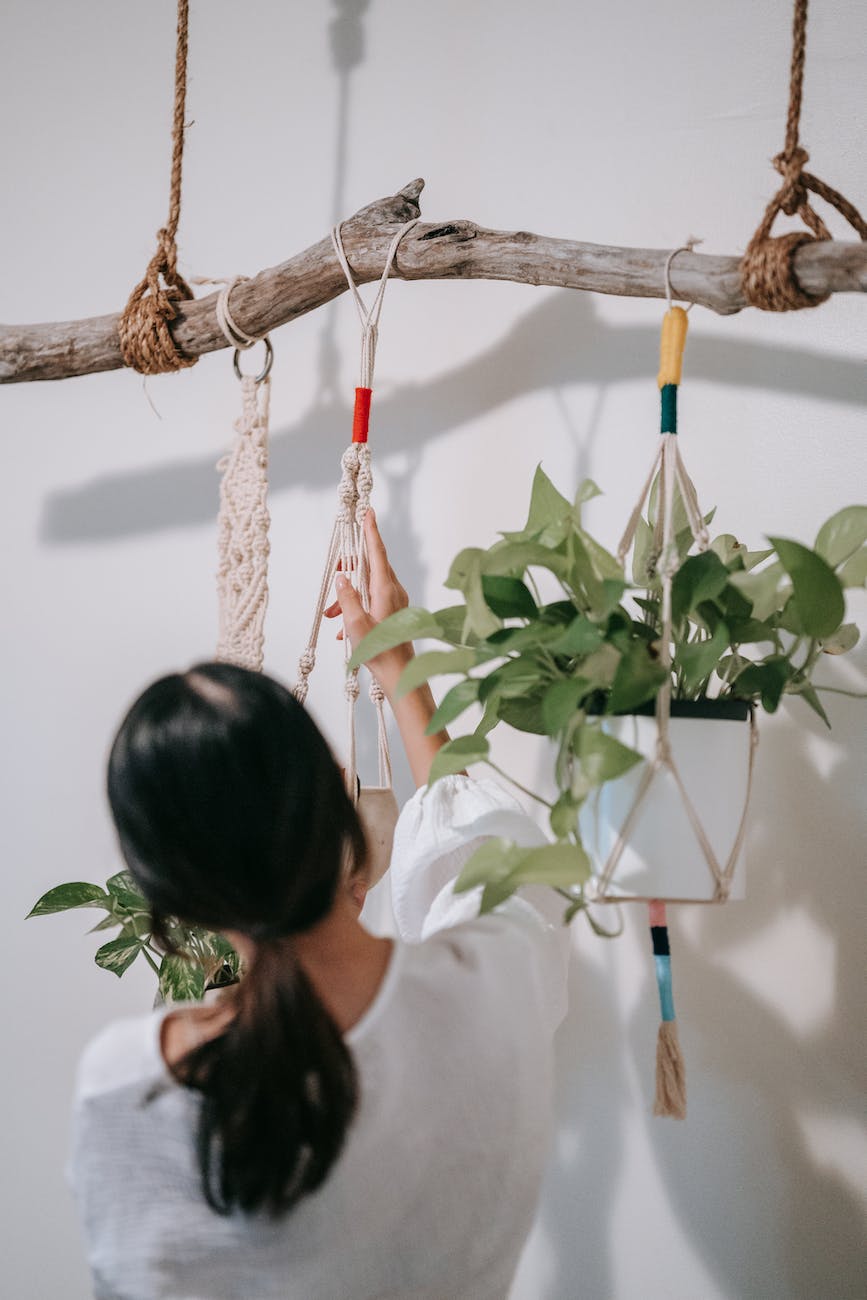
1. Macramé Hangers:
Macramé hangers are a stylish and versatile way to display your plants and add some natural beauty to your home. These plant hangers were popular in the 1970s and have made a big comeback in recent years, with their intricate knots and bohemian charm.
To create your own macramé hanger, all you need is some rope, scissors, and a pot. You can use a variety of materials for your rope, including cotton, jute, or even recycled t-shirts. Begin by cutting your rope to the desired length, taking into account the height of your ceiling and the length you want your hanger to be.
Next, tie a knot at the top of the rope, leaving enough room for the pot to sit comfortably. You can then start knotting your rope in a series of knots, either using a simple pattern or a more intricate design. There are many macramé tutorials available online to help you get started.
Once you’ve reached the desired length, you can add your plant pot to the hanger, making sure it is secure and balanced. You can create a simple knot or use a decorative wrap to tie off the hanger at the bottom.
Macramé plant hangers can be hung from the ceiling, a hook on the wall, or even from a tree branch outside. They are a great option for those who want to save floor space and add some natural beauty to their home décor. So why not try creating your own macramé hanger today and give your plants the attention they deserve?

2. Terrarium:
Terrariums are a delightful way to bring the beauty of nature indoors, especially if you have limited space. These self-contained ecosystems can be created in a variety of glass containers, including jars, bowls, and even light bulbs, and can feature a range of plant species, from succulents and cacti to ferns and mosses.
To create your own terrarium, you’ll need a few basic supplies: a glass container, some small rocks or pebbles, activated charcoal (optional), potting soil, and, of course, your favorite plants. Begin by layering the rocks or pebbles on the bottom of the container. This helps with drainage and prevents water from sitting in the soil and causing root rot.
Next, add a layer of activated charcoal if desired. This helps to filter the air and prevent mold from growing inside the terrarium. Then, add a layer of potting soil, making sure to leave enough space for your plants to grow. Gently plant your chosen plants, arranging them in a way that creates a visually pleasing composition.
Once your plants are in place, it’s time to add any decorative elements you like, such as small figurines, decorative rocks, or seashells. You can also add a layer of decorative sand or moss on top of the soil for added texture and interest.
Terrariums make for excellent conversation starters and can be displayed on shelves, tabletops, or even hung from the ceiling. They require minimal maintenance and are perfect for those who may not have a green thumb or who are short on time. So why not try creating your own terrarium today and bring a little piece of nature into your home?
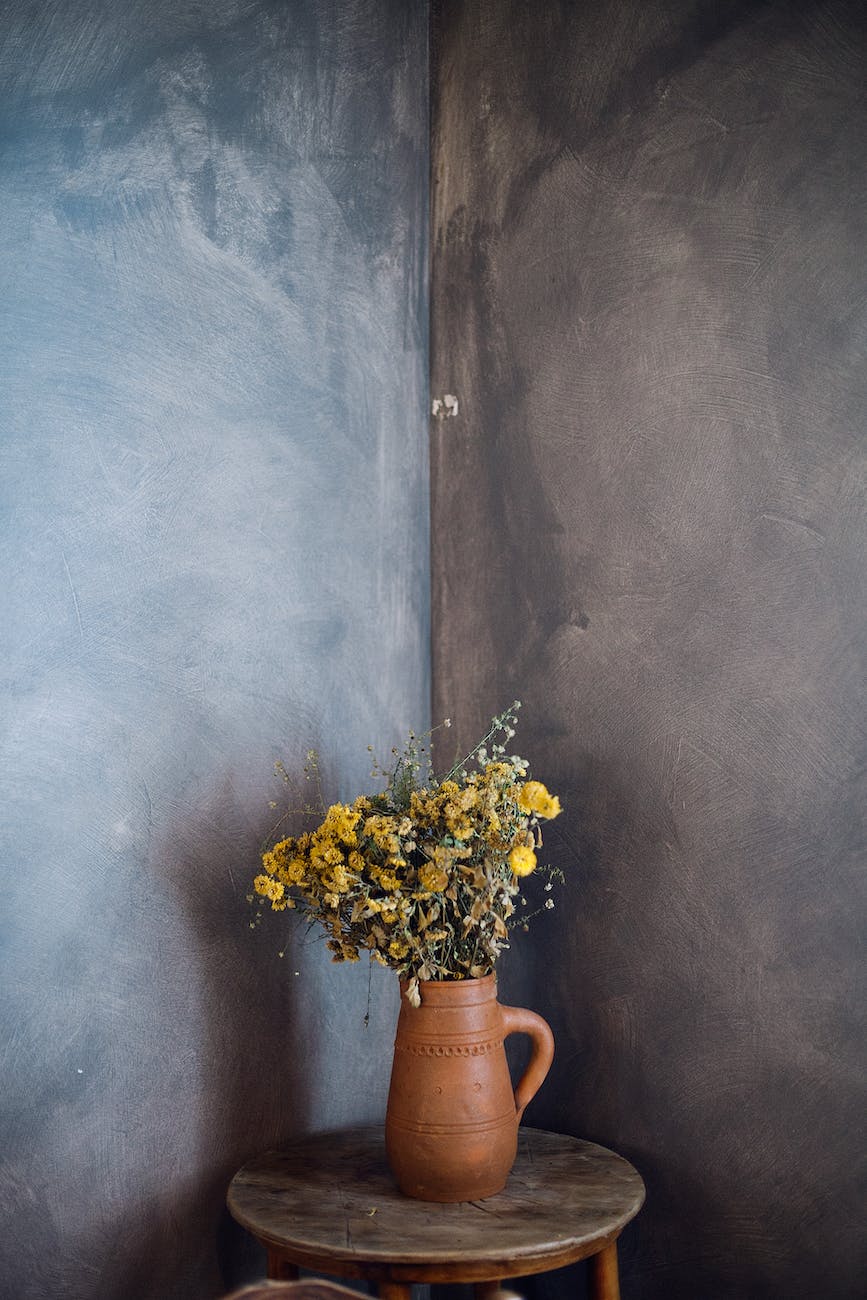
3. Vintage Containers:
If you’re looking for a fun and creative way to add some personality to your indoor plant collection, consider repurposing old containers like teapots, mugs, or vintage planters. Not only is this an eco-friendly way to give new life to old items, but it also allows you to create unique and charming plant displays that reflect your personal style.
Teapots and mugs, for example, can make excellent planters for smaller plants like herbs, succulents, or small flowering plants. Simply fill them with soil and add your plant of choice, making sure to leave enough room for the roots to grow. This not only adds a quirky touch to your décor but also provides an unexpected twist on traditional planters.
Vintage planters, on the other hand, can be used to give your plants a nostalgic feel. Whether it’s an old tin can, a classic ceramic pot, or a retro metal planter, these repurposed containers can add a touch of vintage charm to your living space. Plus, they often have a unique character that newer planters just can’t match.
By repurposing old containers as planters, you can add a personal touch to your décor while reducing waste and giving new life to old items. So why not raid your cupboards or check out local thrift stores to see what hidden gems you can find? Who knows, you might just discover a new favorite planter that you never knew you needed.
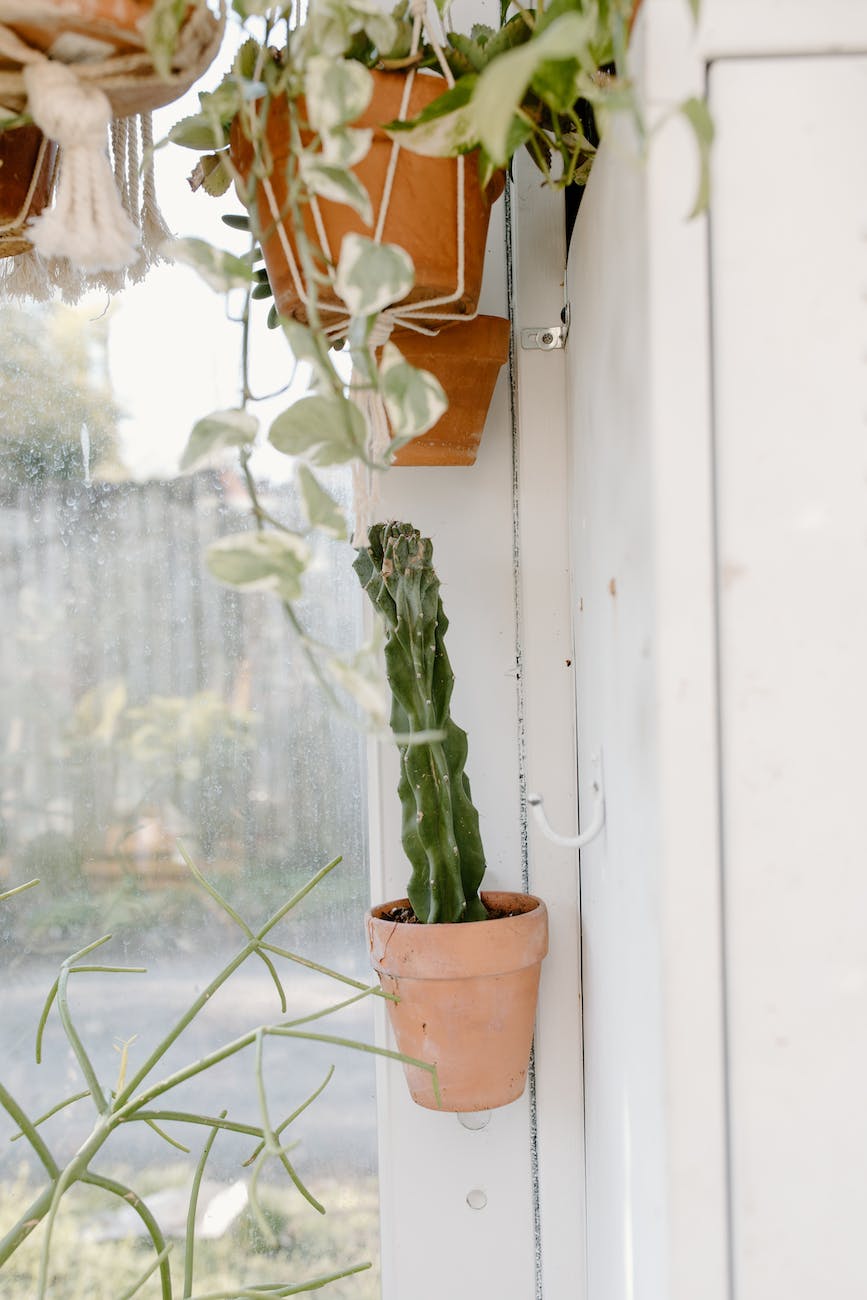
4. Hanging Planters:
Hanging planters are a fantastic choice for anyone looking to add some greenery to their home without taking up too much floor space. Whether you live in a small apartment or simply want to keep your living areas clutter-free, a hanging planter can be a stylish and practical solution.
To create your own hanging planter, all you need are a few basic supplies: a basket or mesh bag, some twine, and, of course, your favorite plant. Choose a plant that is well-suited to hanging, such as a trailing vine or a spider plant, and make sure it has enough space to grow and thrive in its new home.
Once you’ve selected your plant, gently insert it into the basket or mesh bag, taking care not to damage its roots or leaves. Then, tie the twine securely around the top of the basket, making sure it is strong enough to support the weight of the plant. You can also add some extra twine or decorative ribbon to the top of the planter for an extra touch of style.
Finally, it’s time to hang your new creation! Choose a spot in your home that receives plenty of natural light and is easily accessible for watering and care. You can hang your planter from the ceiling using a hook or anchor, or attach it to a wall using a sturdy bracket or hanger. Once your planter is securely in place, sit back and enjoy the beauty and freshness it brings to your living space.
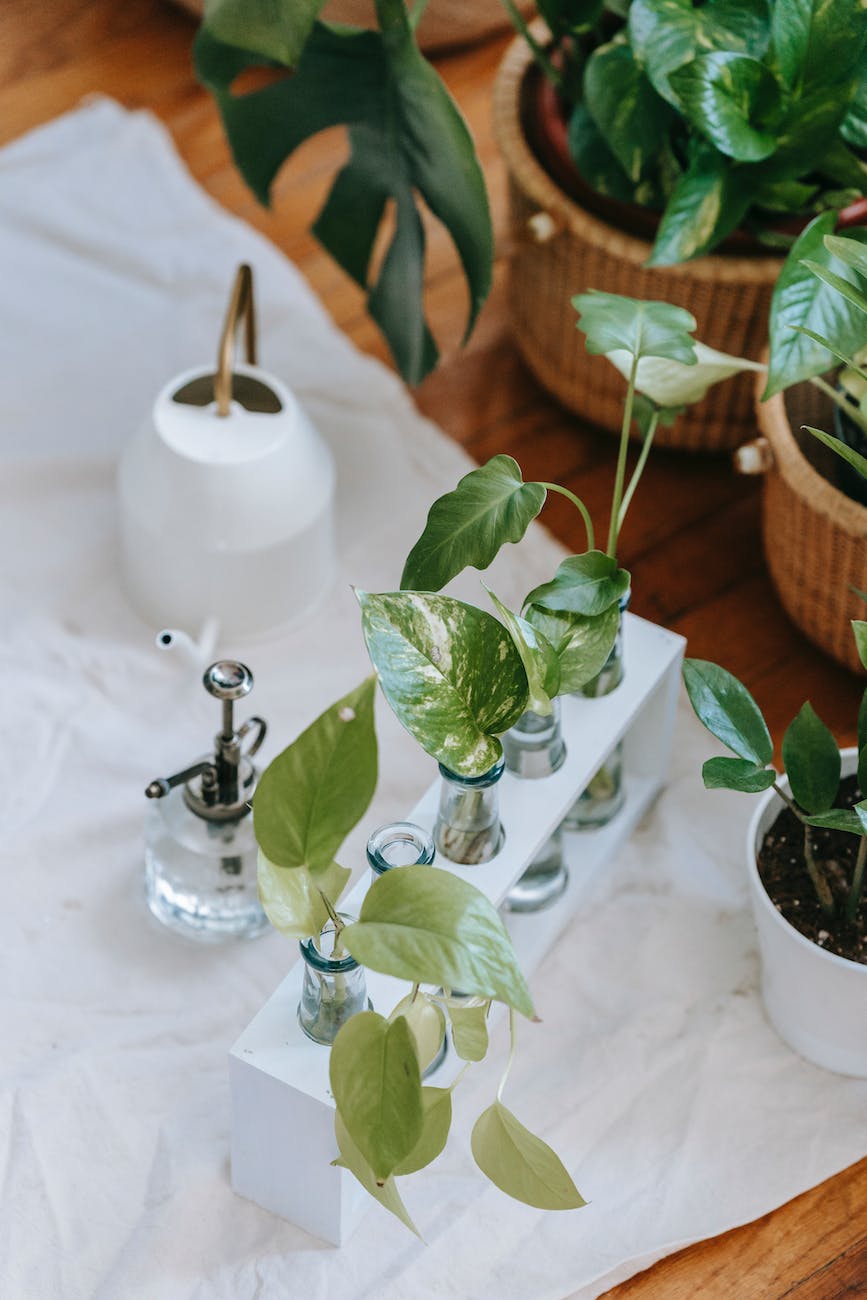
5. Test Tube/ Bottles:
Test tube plants and bottle planters are not only practical, but they can also add a touch of whimsy to your indoor plant collection.
Picture a row of delicate test tubes holding tiny, vibrant plants that seem to dance in the sunlight.
Or how about a vintage glass bottle repurposed as a hanging planter, showcasing a cascading vine?
With some creativity and a little bit of DIY know-how, you can turn ordinary glass vessels into stunning plant displays that bring life and joy to your living space.
Whether you choose to display them on a windowsill or hang them from the ceiling, test tube plants and bottle planters are sure to add a unique and charming touch to your indoor garden.
With these DIY ideas, you can create your own unique plant displays that reflect your personal style. So go ahead, get creative, and bring some greenery into your home!
